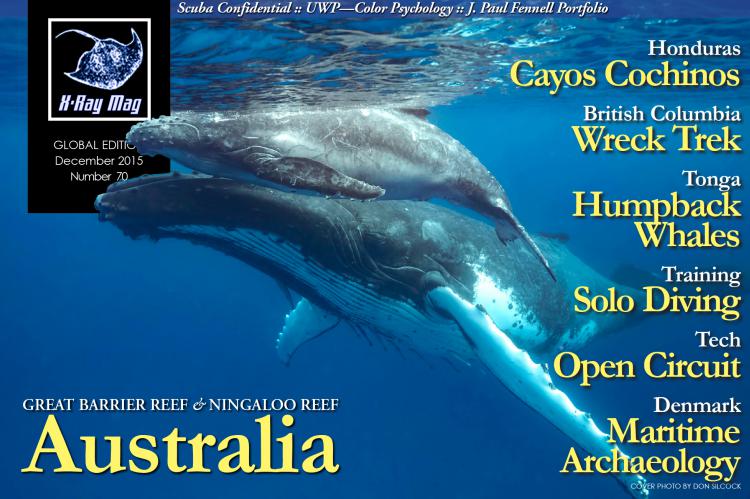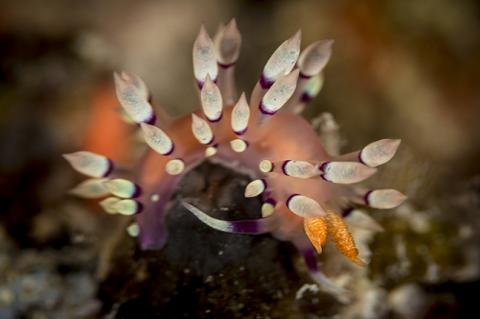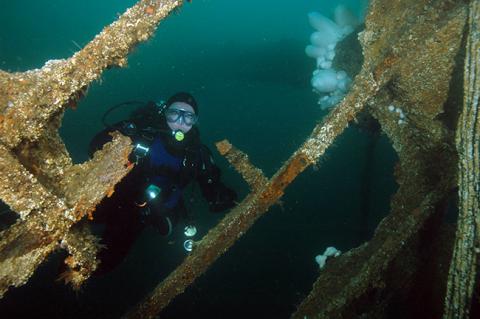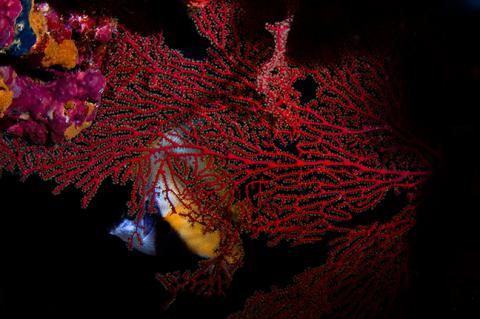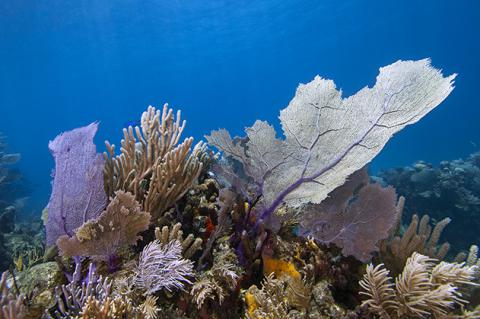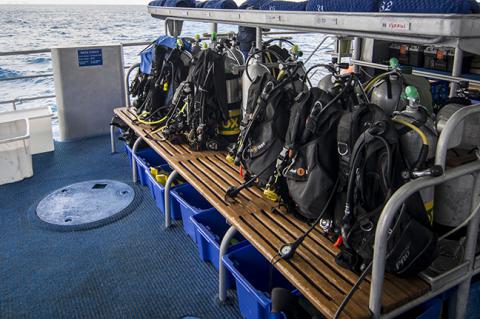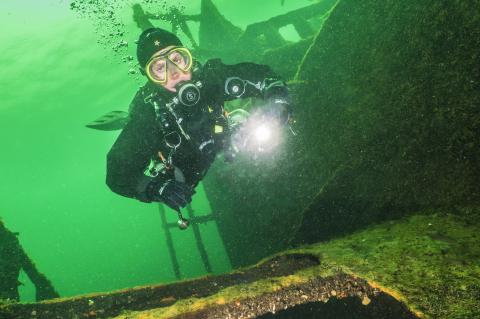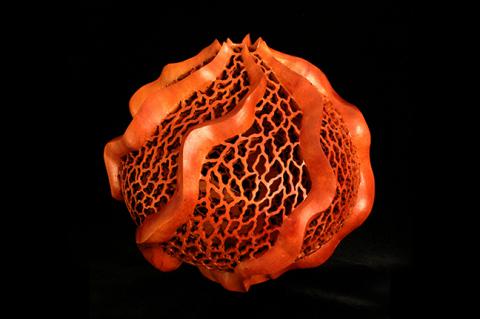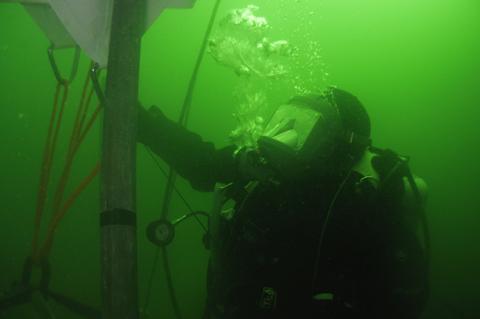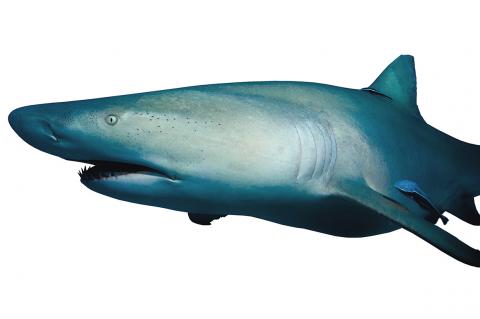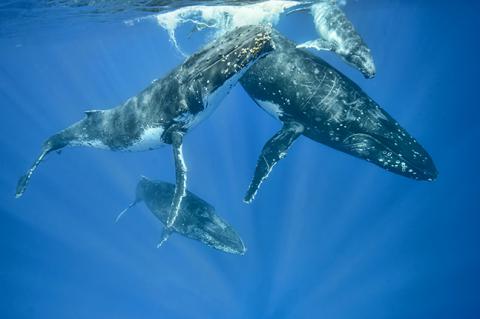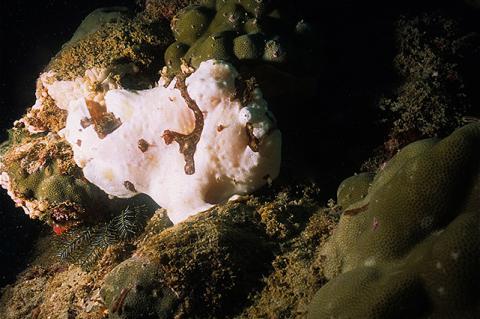X-Ray Mag #70
Diving Australia's Great Barrier Reef and Ningaloo Reef at Exmouth; Honduras' Cayos Cochinos; Canada's BC Wreck Trek; Tonga's Humpback Whales; Solo diving; Maritime Archaeology Program in Denmark; Open season on US coastal sharks; Tech Talk: Is there still a case for open circuit; Scuba Confidential: I just had it serviced; Color psychology in underwater photography; J Paul Fennell portfolio; Plus news and discoveries, equipment and training news, books and media, underwater photo and video equipment, shark tales, whale tales and much more...
Main features in this issue include:
Australia's Great Barrier Reef
If there was a place that inspired me to become a diver and invoked my passion and love for the ocean, it was Australia’s Great Barrier Reef (GBR). As a kid, I could spend hours watching television specials of this blue, fish-filled world that was so different from the Wisconsin farm town I grew up in.
While flying to Australia on my way to dive the GBR for a week with Mike Ball Dive Expeditions (MBDE), I was reading The Reef by Iain McCalman.
British Columbia's Wreck Trek
A reluctant winter clung to an early March morning while flakes of snow silently fell on eight fully suited divers as our open-skiff slowly motored across glassy-calm water to the first dive site. No one spoke a word.
I couldn’t help but notice the beauty of nature all around. Even through a light veil of surface fog, dark evergreens towered atop rocky shorelines of nearby islands, now bathed in the soft hues of dawn.
Color Psychology in Underwater Photography
— A small sniff into color psychology and its effects in underwater photography.
We people love to have pictures “nice and colorful”, and in fact, it is often the most colorful underwater images that awaken interest and delight in beholders. We are slowly understanding the mystery about why images of anemonefish, or even just simple red starfish, are still so popular.
Honduras: Cayos Cochinos
The Cayos Cochinos is a group of small islands located just between the mainland of Honduras and Roatán. Within this group are two small islands—Cayo Menor and Cayo Grande—and 13 more small coral cays situated 30km (19mi) northeast of La Ceiba on the northern shores of Honduras.
We can't say Honduras is unknown to scuba divers. Roatán is known and so is Utila; both are dive locations that attract scuba divers, mostly from the United States, and they provide plenty of dive centers and all the dive logistics that keen divers expect.
I Just Had It Serviced!
Andrew rolled off the tender boat into the exciting, fish-filled, current-strewn waters of northwest Papua, in the area known to divers as Raja Ampat. It was the first dive of a trip that he had been looking forward to for months. He deflated his BCD and descended. As he was rolling around onto his front to get his bearings, his world exploded.
Suddenly, he had no regulator in his mouth and he was surrounded by a thousand Jacuzzis-worth of bubbles. As he was only at a depth of 6m or so, he decided to ascend to the surface first and then see what had happened.
Is There Still a Case for Open Circuit in Tech?
One thing about crystal ball gazing, it is a lot like looking down into the blue abyss while sitting in deco, with the sun’s rays streaming in and making a magical and inviting sight. To those who may not have experienced this yet, it is one of the most evocative and alluring sights that any diver—technical or sport—could ever see. It brings one closer to the water than one can explain in words.
A mystery filled by one’s own imagination, it could be new depths, unexplored passages, a new wreck or monsters come to get you. But one thing I will guarantee, it will spark a desire to look to the future and start planning what you will do next.
J. Paul Fennell Portfolio
American artist and woodturner J. Paul Fennell carves wood into delicate and fluid vessels inspired by the movement and dynamics of the sea. Brought up by the ocean on the East Coast, this former engineer of the Apollo space program is now based in Arizona where he re-purposes exotic urban trees destined for the bin and transforms their wood into sublime sculptures.
"Living in such a close proximity to the ocean, one cannot escape its beauty, power and majesty."
— J. Paul Fennell
X-RAY MAG: Tell us about yourself, your background and how you became an artist.
Maritime Archaeology Program at University of Southern Denmark
In 2006, a postgraduate program in maritime archaeology was established at the University of Southern Denmark. Based in Esbjerg, on the west coast of the Jutland Peninsula in southwestern Denmark, it is a one-of-a-kind university program in this centuries-old seafaring nation. The program is designed for students who want to pursue a professional career in maritime archaeology and heritage management.
The great advantage of this unique postgraduate program, compared to others worldwide, is the practical training students receive in underwater archaeology. Students have the opportunity to obtain an internationally-recognized commercial diving qualification at very low cost.
Open Season on US Coastal Sharks
While there has been much ado internationally about Australia’s culling practices on large sharks in their coastal waters, there is about to be a similar event to take place in Florida come January 1st, 2016.
No, it’s not because we are faced with a similar perception that the east coast of the United States is inundated by too many sharks running around eating people (which we are not), but for the fact that NOAA’s National Marine Fishery Service (NMFS) rescheduled the opening date for the Commercial
Tonga's Humpback Whales
Our skipper, Ali, carefully maneuvered the boat into position and cut the engine, shouting, “Go, go, go!” at the top of his lungs. And go we did—straight into the deep blue water, with cameras held in vice-like death-grips and onto the path of over a dozen mature and rather excited humpback whales.
Humpback whales average around 14m long and about 35 tons in weight―that’s a lot of mass coming at you―but there was no time to feel scared or even count these huge submarine-like mammals, because we were finally witnessing one of their famed heat runs, when a female humpback has signaled
Western Australia: Ningaloo Reef at Exmouth
On the coast of Western Australia, Exmouth is a little sleepy town on the Exmouth Gulf. Located at the threshold of the Indian Ocean, this is where you can find the renowned Ningaloo Reef, one of the longest and most virgin fringing reefs on the planet. A World Heritage Site since 2011, it hosts about 200 to 300 species of corals and 500 species of fish.
There are many ways to reach Exmouth. You may either fly in from Perth, capital of the state, or you can hire a car to cover the 1,300 km distance in one-and-a-half days. Personally, I choose to go overland from Adelaide in South Australia, crossing the famous Nullarbor Desert.


